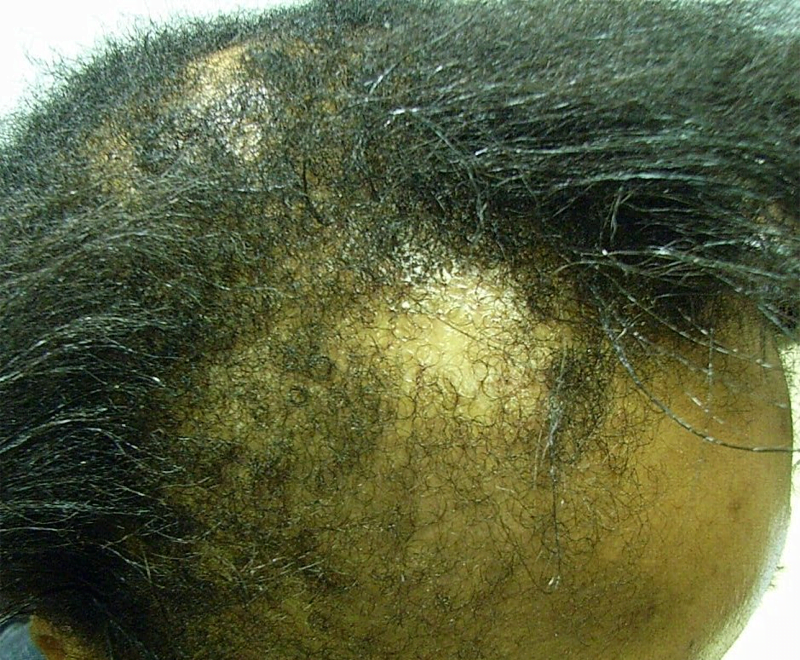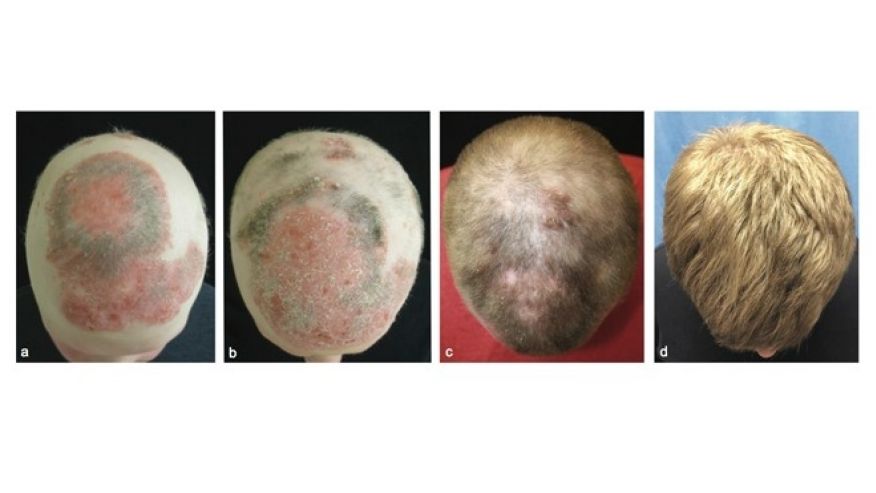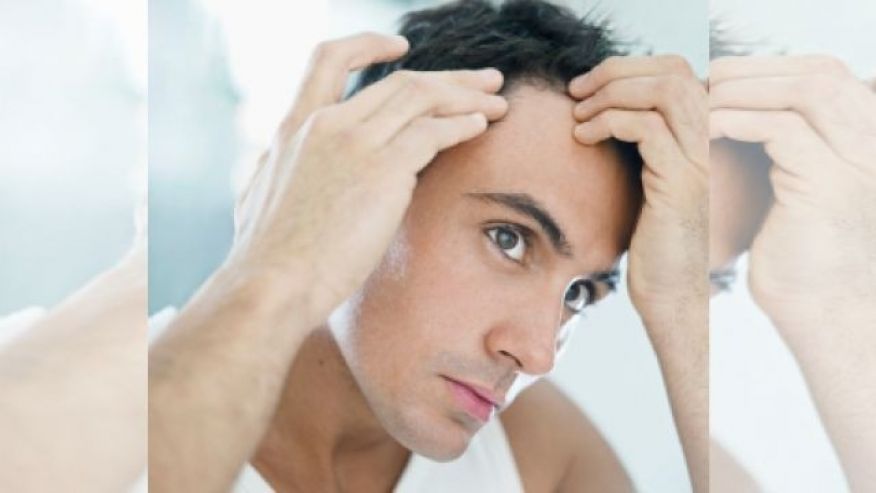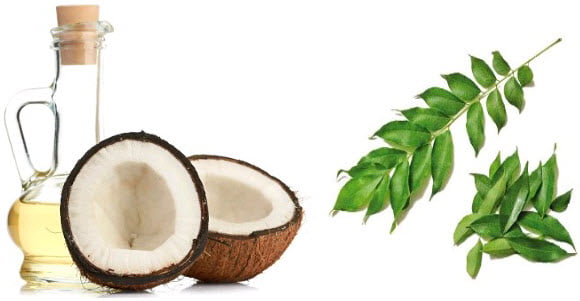
The treatment for hair loss may be through plucking hairs in a specific pattern and density, found researchers at the University of Southern California.
This counterintuitive approach uses the principle of “quorum sensing,” which defines how a system responds to stimuli that affect some, but not all members.
For their study, the USC team started with the work of visiting scholar and first author Chih-Chiang Chen of National Yang-Ming University and Veterans General Hospital in Taiwan. The dermatologist created a technique where 200 hair follicles were individually plucked in different configurations on the back of a mouse.
Researchers found that no hairs regenerated when they were plucked in a low-density pattern from an area exceeding six millimeters in diameter. However, when hairs were plucked in a high-density pattern from circular areas between three and five millimeters, it triggered regeneration of between 450 and 1,300 hairs, including ones outside the plucked region.
The team’s research suggested that when a hair was plucked, it would secrete a distress signal to the environment, and therefore its un-plucked neighbors, who would then sense the distress of the plucked hairs.
“By plucking hairs in the way we designed in the paper, we can make the population feel stress, then it will enter the regeneration phase all together as a population. If you just pluck one single hair, that is not enough of the distress signal,” principal investigator Cheng-Ming Chuong, a professor of pathology at the Keck School of Medicine at USC told FoxNews.com.
A key finding, Chuong noted, is the coupling of the regeneration with the immune system, as inflammatory proteins are released upon distress, which then recruit immune cells to the site of injury. The immune cells are responsible for secreting signaling molecules that tell plucked and unplucked follicles to grow hair.
Researchers also found that the signal spreading can reach up to 1,000 micrometers, compared to 200-300 micrometers typical during tissue interaction. This indicates that there is a second level of signal amplification, like a chain reaction.
“These are signals originally used in the immune system. In this case, we discovered it to be recruited in this process,” Chuong said.
Chuong and his team plan to study human participants with alopecia to see if this plucking pattern works to regenerate hair. Ideally, the technique could be applied to grow more hair and could be ready for clinical use in as few as five years, researchers believe.
“The beauty here is that you don’t have to add any drugs or gene cells, it’s basically activating an internal mechanism,” Chuong said.
Their findings are significant not only for potential use as treatment for alopecia, but also because it proves the principle of quorum sensing, which could be a fundamental mechanism of organ regeneration.
“I think this kind of behavior very well might exist in organs other than hair, which presents new opportunities in trying to understand therapeutic targets in the future,” Chuong said.
[Source:- FOXnews]










